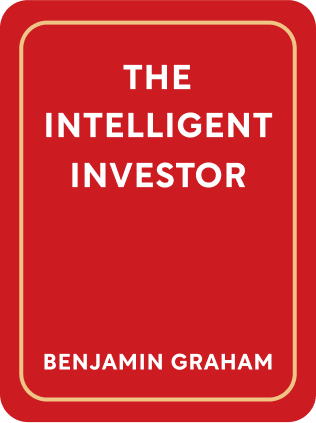

This article is an excerpt from the Shortform book guide to "The Intelligent Investor" by Benjamin Graham. Shortform has the world's best summaries and analyses of books you should be reading.
Like this article? Sign up for a free trial here .
What was Ling-Temco-Vought? How did the company fail, and what can we learn from its stock performance?
Ling-Temco-Vought was a large conglomerate with involvement in several areas, including aerospace, sporting goods, and pharmaceuticals. The company experienced incredible growth and then reported major losses at the peak of its sales. As a result, stock value dropped 95%.
Read more about Ling-Temco-Vought and its stock history.
What Happend to Ling-Temco-Vought?
Ling-Temco-Vought was a conglomerate involved in industries as wide as aerospace, sporting goods, and pharmaceuticals.
(Shortform note: The conglomerate began with a young entrepreneur James Ling, who took his electrical contracting business public in 1955. From that point, he began a blistering pace of acquisitions in a staggering array of industries. Taking advantage of low-interest rates in the 1960s, the company raised huge sums of debt to fund acquisitions. The strategy was relatively simple—as long as an acquired company’s earnings could cover the interest on debt used to acquire the company, the acquisition was profitable.)
The nominal growth in the company was staggering—revenue began at $7 million in 1958, grew twenty-fold within 2 years to $143 million, then grew again twenty-fold again to $2.8 billion by 1968.
Yet warning signs appeared through this steady rise:
- The acquisitions required debt, which ballooned to $1.5 billion by 1969. This was a near-record amount across all companies in history (Shortform note: On the financial tables shown, its assets to liabilities ratio generally remained between 1.0 and 2.0.)
- Its ratio of earnings to interest didn’t pass the conservative benchmark of 5.
- Its market price in 1967 was a remarkable 22 times net tangible assets.
In 1969, at its peak in sales, Ling-Temco-Vought reported a loss of $70 million (it had earned $124 million before taxes and interest, but interest charges were $122 million, swallowing up nearly all the profits; additional taxes and special items caused further losses).
Over the next few years, the stock price fell from its peak by over 95%.
(Shortform note: Graham doesn’t comment on the company’s fundamental business issues. It appears that the company suffered from:
- A general market downturn in 1970
- Investors’ realization that its acquired companies weren’t growing any faster as part of the conglomerate than before they were acquired, thus weakening the conglomeration strategy
- Antitrust concerns of conglomerates)

———End of Preview———
Like what you just read? Read the rest of the world's best book summary and analysis of Benjamin Graham's "The Intelligent Investor" at Shortform .
Here's what you'll find in our full The Intelligent Investor summary :
- Key advice from what Warren Buffett considers the "best book about investing"
- The 2 major indicators you should use for evaluating stocks
- How you can use aggressive or defensive investing strategies






